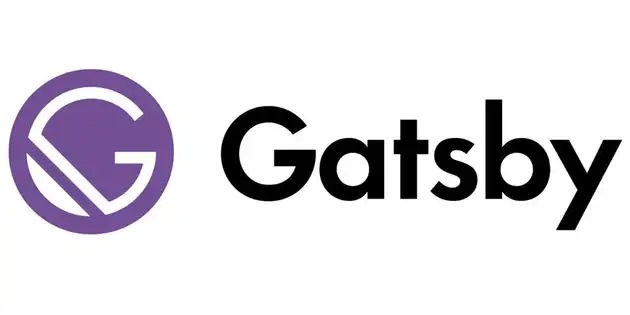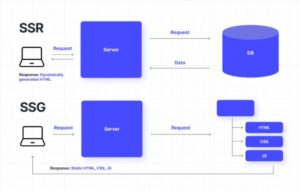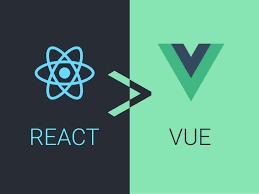
In the fast-paced world of web development, where user experience is king and page load times can make or break a website, developers are constantly seeking tools and frameworks that can help them build high-performing, scalable, and feature-rich web applications. Enter Gatsby, a groundbreaking meta framework that has been redefining the way developers approach web development. In this comprehensive guide, we’ll delve deep into what Gatsby is, explore its key features, examine real-world use cases, and provide you with the knowledge and resources you need to leverage Gatsby to its full potential.
What is Gatsby?
At its core, Gatsby is a static site generator built on top of React, GraphQL, and Webpack. However, calling Gatsby just a static site generator would be a gross oversimplification of its capabilities. Gatsby is much more than that; it’s a powerful meta framework that combines the best practices of static site generation, progressive web app (PWA) development, and modern web technologies to deliver lightning-fast web experiences.
The key idea behind Gatsby is the concept of the “JAMstack” (JavaScript, APIs, and Markup), which advocates for decoupling the frontend and backend of web applications and serving pre-rendered static assets whenever possible. By pre-rendering pages at build time and leveraging client-side JavaScript for interactivity, Gatsby achieves the perfect balance between performance, SEO, and dynamic content.
Key Features of Gatsby
Performance Optimization: Gatsby is laser-focused on performance optimization. It employs a variety of techniques, such as automatic image optimization, lazy-loading of assets, code splitting, and prefetching, to ensure that your website loads blazingly fast on any device and network conditions.
GraphQL Data Layer: Gatsby’s built-in support for GraphQL simplifies data fetching and management by providing a unified interface for querying data from multiple sources. Whether your data comes from local files, APIs, or databases, Gatsby makes it easy to fetch, transform, and consume data in your React components.
Plugin Ecosystem: One of the standout features of Gatsby is its vibrant plugin ecosystem. From SEO optimization and analytics integration to image processing and content management, Gatsby’s plugin ecosystem offers a plethora of pre-configured solutions for common tasks. These plugins can be easily installed and configured using Gatsby’s intuitive plugin system, saving you time and effort in setting up your project.
Developer Experience: Gatsby prioritizes developer experience (DX) with features like hot module replacement (HMR), fast refresh, and a robust command-line interface (CLI). The Gatsby CLI provides a suite of commands for scaffolding new projects, running development servers, and building production-ready bundles, making it easy for developers to get up and running with Gatsby in no time.
Progressive Web App (PWA) Support: With Gatsby, building progressive web apps (PWAs) has never been easier. Gatsby’s PWA support includes features like service workers, offline support, push notifications, and app-like navigation, allowing you to create web experiences that rival native apps in terms of performance and functionality.
Getting Started with Gatsby
Now that we’ve covered the basics, let’s walk through the process of building a simple Gatsby site from scratch.
First, make sure you have Node.js and npm installed on your system. Then, install the Gatsby CLI globally by running the following command in your terminal:
npm install -g gatsby-cliOnce the CLI is installed,you can create a new Gatsby site by running
gatsby new my-gatsby-site
Replace ‘my-gatsby-site’ with the desired name of your project. This command will generate a new Gatsby project in a directory with the specified name and install all the necessary dependencies.
Next, navigate to the project directory:
cd my-gatsby-site
You can start the development server by running:
gatsby develop
This command will spin up a development server, and you can access your Gatsby site at ‘http://localhost:8000.’
Now, let’s create a simple page. Gatsby follows a convention-over-configuration approach, so all pages reside in the ‘src/pages’ directory. Create a new file called ‘index.js’ inside the ‘src/pages’ directory and add the following code:
import React from "react"
const IndexPage = () => {
return (
<div>
<h1>Welcome to my Gatsby site!</h1>
<p>This is a simple Gatsby site built with love.</p>
</div>
)
}
export default IndexPage
Save the file, and you should see the changes reflected in your browser automatically thanks to Gatsby’s hot module replacement feature.
Real-World Use Cases
Gatsby’s versatility and performance make it an ideal choice for a wide range of use cases, including:
Static Websites: Gatsby’s static site generation capabilities make it perfect for building blogs, marketing sites, documentation sites, and other content-driven websites that don’t require dynamic server-side rendering.
E-commerce Platforms: Gatsby’s integration with headless CMS platforms like Contentful, Shopify, and WordPress makes it a popular choice for building lightning-fast e-commerce websites with rich content and seamless user experiences.
Documentation Sites: Gatsby’s support for Markdown and MDX allows developers to easily create documentation sites with rich text, code examples, and interactive components, making it an ideal choice for open-source projects and developer documentation.
Progressive Web Apps (PWAs): Gatsby’s built-in support for PWAs, including service workers, offline support, and app-like navigation, makes it a compelling choice for building fast, reliable web applications that work seamlessly across devices and network conditions.
Conclusion
Real-World Use Cases
Gatsby has emerged as a game-changer in the world of web development, offering developers a powerful and intuitive framework for building high-performance websites and web applications. With its focus on performance optimization, developer experience, and versatility, Gatsby empowers developers to create web experiences that delight users and drive results.
Whether you’re building a simple blog, a complex e-commerce platform, or a progressive web app, Gatsby provides the tools and resources you need to bring your vision to life. So why wait? Dive into the world of Gatsby today and unlock the full potential of modern web development.





